What Is Data Availability?
Data availability on the blockchain ensures that all participants have the transaction data needed to verify blocks, even with resource limitations and scalability needs. Without it, independent verification crumbles, compromising the entire system.
Key Takeaways
-
Data availability is crucial in blockchains to ensure all network participants can verify transactions and maintain the system's integrity and trust. Rollups on blockchain networks also rely heavily on data availability to function effectively.
-
Challenges such as data withholding, the scalability-security trade-off, and technical limitations pose significant hurdles to efficient data availability.
-
Data Availability Layers (DALs), like Celestia, use techniques such as erasure coding to ensure reliable storage and accessibility of blockchain data.
-
Innovative solutions like Data Availability Sampling and Data Availability Committees are also being developed.
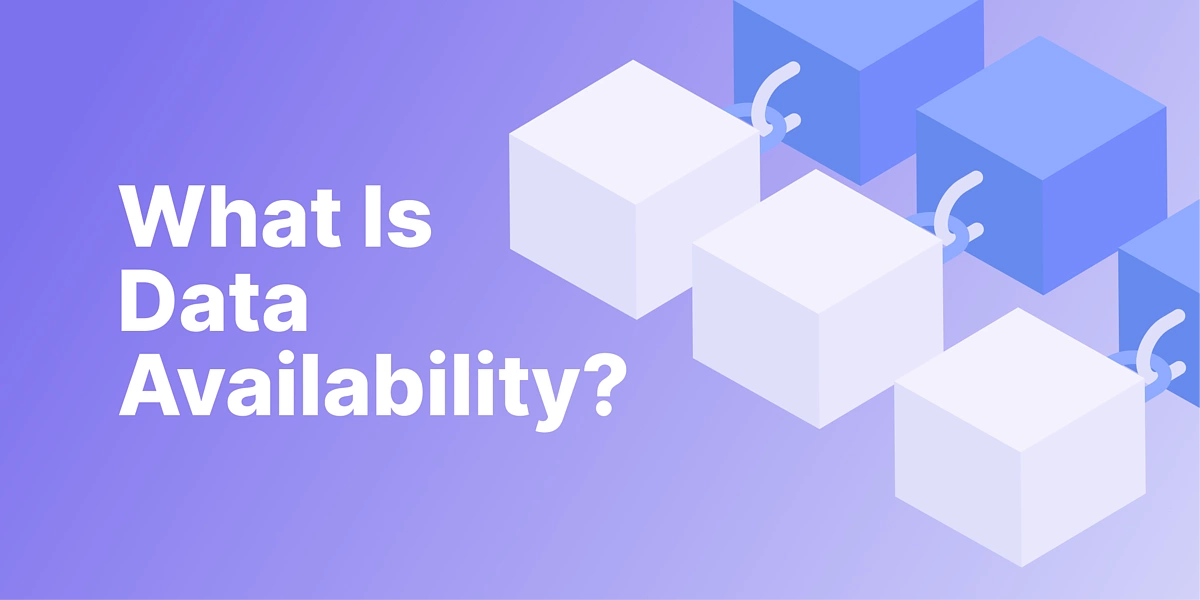
Blockchain technology’s traits of immutability and trustlessness promise to overhaul how humans record and verify data (starting with finance). Today, large public blockchains like Ethereum face a challenge: data availability.
For businesses, developers, and users depending on blockchain technology, this can lead to serious concerns about the reliability and efficiency of accessing vital information.
Imagine buying a house where the seller assures you all the paperwork and records are in order. But, when you move in, you discover critical documents are missing. You can't prove the sale was legitimate, and your ownership is in question. This unsettling scenario is similar to the risks blockchains face if data isn't fully available for verification.
Data availability is the pillar of “Don’t trust. Verify.”
Understanding Data Availability
In blockchain, data availability refers to the ability of network participants to access and verify the data stored on the blockchain. This data includes transaction details, block information, and the state of the ledger.
By ensuring data availability, blockchain networks can retain;
-
Independent Verification: Any node can fully validate the legitimacy of new blocks and transactions, preventing fraud or invalid information from being added to the blockchain.
-
Decentralization and Trust: It reinforces the core principles of blockchain — eliminating the need to trust a central authority and allowing users to independently verify the network's state.
In the Ethereum modular roadmap, executions are offloaded to rollups. Rollups record transactions that take place on their platforms and once these are confirmed, the transaction record is confirmed on the Layer 1 blockchain. For anyone monitoring the system, the data availability layer ensures that anyone can verify the inputs and outputs of these transactions to ensure they were conducted correctly.
A robust data availability model ensures that the blockchain is resilient and reliable, as it prevents data withholding and ensures that all necessary information is available to validate transactions.
Some of the widely used data availability solutions, which will be discussed later, are:
-
Data Availability Layer (DAL)
-
Data Availability Sampling (DAS)
-
Data Availability Committee (DAC)
Role of Data Availability in Block Verification
Block verification in blockchain is deeply intertwined with the concept of data availability. Each step in the verification process relies on the ability of nodes to access and examine the complete and accurate data of blocks and transactions.
There are five parts to block verification:
-
Block propagation
-
Transaction validation
-
Block header verification
-
Consensus mechanism compliance
-
Blockchain update
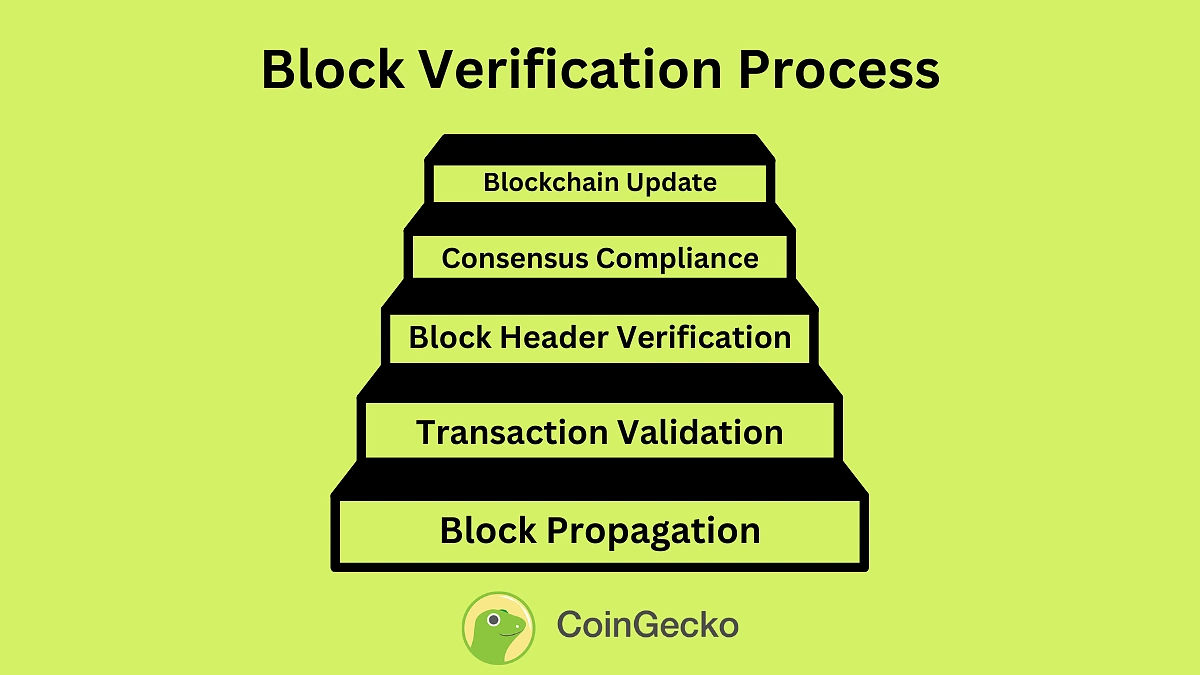 Credits: Sankrit
Credits: SankritBlock Propagation
When a new block is created, it is broadcast to the network. For effective block verification, this block must be readily available to all participating nodes. If nodes can't access the block data, they can't begin the verification process.
Transaction Validation
Each block contains a list of transactions. Nodes first verify the validity of these transactions. This involves checking if the transactions comply with the network's rules, such as ensuring that the digital signatures are correct and that the sender has the necessary funds. All relevant transaction data must be accessible to the nodes for proper validation.
Block Header Verification
The block header includes important information like the hash of the previous block, the timestamp, and the nonce. Nodes check the block header to ensure it fits within the blockchain's protocol. The hash of the previous block links the new block to the existing chain, establishing a chronological and unalterable sequence. Full data availability is vital to verify that the new block correctly references the previous block in the chain.
Consensus Mechanism Compliance
Blockchains use various consensus mechanisms (like Proof of Work or Proof of Stake) to agree on the current state of the ledger. In this step, nodes verify that the block adheres to the specific rules of the consensus mechanism employed. For instance, in Proof of Work, nodes check if the block hash meets the required difficulty target. Successful verification is contingent upon the availability of all necessary block data.
Blockchain Update
Once a block is verified, it is added to the blockchain. Each node updates its copy of the ledger, ensuring continued data availability for future verification processes.
Challenges in Data Availability
While data availability is a cornerstone of blockchain scalability and efficiency, it is not without its challenges.
Data Withholding and Trust
In a blockchain network, particularly in rollups, the integrity of the entire system hinges on the assumption that all necessary data is available for verification and execution. However, there's always a risk that a participant (like a sequencer) might withhold critical data, either inadvertently due to system failure or deliberately for malicious reasons.
Scalability vs. Security Trade-Off
Another significant challenge is the classic trade-off between scalability and security.
Improving data availability can enhance scalability, but it might come at the cost of security. Ensuring that a blockchain network is scalable, by enhancing data throughput, shouldn't compromise the network's security. This balancing act is critical to the long-term viability and trustworthiness of blockchain networks.
Technical and Infrastructural Limitations
Scaling data availability is not just about improving software algorithms but also about overcoming hardware and network limitations. The capacity of nodes to store and transmit large volumes of data plays a crucial role in determining how scalable a blockchain network can be.
The Complexity of Modular Approaches
Decoupling data availability from other blockchain functions like execution and consensus offers numerous benefits but also introduces complexity to the system's design and operation. This complexity can manifest in the integration of different modules and maintaining the overall cohesiveness and efficiency of the blockchain.
Interoperability and Standardization Issues
As blockchain technology evolves, different networks and solutions are emerging with their approaches to data availability. This diversity, while beneficial in promoting innovation, also raises concerns about interoperability between different systems and the need for standardization to ensure seamless interaction and data exchange.
Data Availability and Scalability
Blockchains today are suffering from a scalability dilemma. They aim to be completely trustless, leading to multiple nodes storing entire copies of the ledger.
As blockchains grow and transaction volumes increase, requiring every single node to store and process the complete transaction history becomes a bottleneck for scalability.
Not all nodes can handle the storage and processing demands of a fully replicating blockchain (a type of blockchain network where every node maintains a complete copy of the entire ledger), especially on devices with lower resources.
This gets problematic because of the following:
-
Storage Bloat: As transactions pile up, requiring every node to store everything gets expensive and burdensome, especially for less powerful devices.
-
Verification Overhead: Processing every transaction becomes slower as the data grows. This hampers network speed and throughput.
If there is a practical and efficient solution for data availability without loading the blockchain, verification can be sped up without compromising decentralization.
To overcome the data availability and scalability dilemma, which relies on a single blockchain to handle all processes, there is a rise in specialized data availability solutions that offer better overall performance and cheaper gas costs.
What Is a Data Availability Layer?
Data availability layers (DALs) are on-chain or off-chain data storage solutions. They separate the task of making data available from other blockchain functions like execution (processing transactions) and consensus (agreeing on the order of transactions).
In systems with a data availability layer, the blockchain's data is stored separately from the main chain. This layer is responsible for ensuring that the data is stored reliably and can be accessed by nodes when needed for validation.
Techniques like erasure coding, data sharding, and other forms of data partitioning are often used in a data availability layer. These techniques ensure that data is stored in a way that even if some parts are lost or become unavailable, the entire data can still be reconstructed.
Synergy Between Rollups and Data Availability Layers
Rollups are a form of scaling solution for blockchains like Ethereum. They are designed to increase the transaction processing capacity of a blockchain by executing transactions outside the main blockchain (off-chain) and then posting the transaction data back to the main chain.
However, for rollups to function effectively, they rely heavily on the underlying data availability infrastructure. If there is no assurance of data availability, i.e., data can be accessed whenever needed, then the entire model of rollups would come crashing down.
Essentially, the throughput of Ethereum – the amount of data it can handle and process – hinges on how effectively the data availability layer operates. This linkage is crucial for Ethereum's vision of scaling, where rollups play a significant role.
“Ethereum, this system, would provide non-scalable computation and scalable data. And what a rollup does is it converts scalable data and non-scalable computation into a scalable computation.”
— Vitalik Buterin, co-founder of Ethereum
Data availability layers, like Celestia, serve as the backbone for rollups, ensuring that data required for validating transactions is readily available. This availability is not just about ensuring efficiency but also about securing the network. It ensures that the rollup’s operations are transparent and verifiable, thereby maintaining trust among users.
Now, let's look at some common data availability solutions.
What Is Data Availability Sampling?
Data availability sampling is a technique used by blockchains to ensure that data in a blockchain network is indeed available to all nodes, without requiring every node to download and verify the entire dataset.
In blockchain networks, especially those with high transaction throughput, ensuring that all data (such as transaction data or state changes) is available to all participants is critical. This availability is necessary for validating transactions and maintaining the network's integrity. However, downloading and verifying all data can be impractical, especially for nodes with limited resources.
Data availability sampling tackles this problem by allowing nodes to randomly sample small parts of the blockchain data. Instead of verifying the entire data set, nodes verify random chunks.
This approach dramatically reduces the amount of data each node needs to handle, making it feasible for nodes with limited bandwidth or storage capacity to participate in the network.
How Data Availability Sampling Works
-
Data Segmentation: The blockchain data is divided into small pieces or chunks.
-
Random Sampling by Nodes: Nodes in the network randomly select and download only some of these chunks rather than the entire data set.
-
Probabilistic Verification: By analyzing these samples, nodes can probabilistically verify the availability of the entire data set. If the sampled chunks are available and valid, it is highly likely that the rest of the data is also available and valid.
What Is a Data Availability Committee (DAC)?
A Data Availability Committee (DAC) is a specialized group of trusted nodes that work together to ensure the availability of blockchain data, typically in off-chain scaling solutions.
There are two key functions of a DAC:
-
Data Verification: DAC is responsible for verifying that data, such as transactions or state changes, is correctly stored and can be accessed when needed.
-
Ensuring Accessibility: DAC ensures that the data required for validating transactions or smart contracts is available to any participant in the network who might need it.
Ideally, a Data Availability Committee should be composed of a decentralized group of participants to avoid central points of failure or control. These participants are often chosen based on certain trustworthiness criteria or through a decentralized selection process.
Data Availability Committees are particularly useful in the following:
-
Layer 2 Scaling Solutions: Such as rollups in Ethereum, where they can help in managing data associated with off-chain computation.
-
Sharded Blockchains: Where different shards may have different data sets, ensuring the availability of data across shards becomes crucial.
-
Blockchains with High Throughput: In networks with a high volume of transactions, these committees help maintain efficiency and speed.
Data Availability vs. Consensus
Both data availability and consensus play a part in transaction verification and validation. Hence, it is easy to confuse the two or not see the thin line that separates them.
Data availability ensures all blockchain data is accessible to participants, while consensus is the agreement on transaction validity and order.
Here’s a table comparing data availability and consensus side-by-side:
|
Data Availability |
Consensus Mechanism |
|
|
What does it do? |
Ensures all necessary information is accessible for validation. |
Enable a unified decision-making process for validating transactions and adding them to the blockchain. |
|
Why is it important? |
To prevent data manipulation, withholding, or loss, ensure every participant can independently verify blockchain data. |
To prevent double spending and fraudulent transactions, maintain overall network trust and security. |
|
Examples of solutions |
Data Availability Layer (DAL), Data Availability Sampling (DAS), Data Availability Committee (DAC) |
Proof of Work (PoW), Proof of Stake (PoS), Delegated Proof of Stake (DPoS) |
|
What are some challenges? |
Scalability issues, data bloat, and ensuring data is evenly and widely distributed. |
Finding a balance between throughput, security, and decentralization (trilemma). |
Top Data Availability Protocols in 2024
Data availability protocols are on the rise owing to the demand for scalability. Some of the most popular ones are:
-
Celestia
-
Near DA
-
EigenLayer
-
Avail
-
KYVE
Celestia: The Modular Pioneer

Celestia stands out as a blockchain explicitly designed to be a data availability layer (DAL). It doesn't focus on smart contracts or execution.
Its core functions are ordering transactions, ensuring they're available, and using Data Availability Sampling (DAS) to allow even resource-constrained nodes to participate in verification.
This makes it a potential backbone for rollups and other modular blockchain architectures that want to offload data-heavy tasks.
Near DA: Sharding with Availability Focus
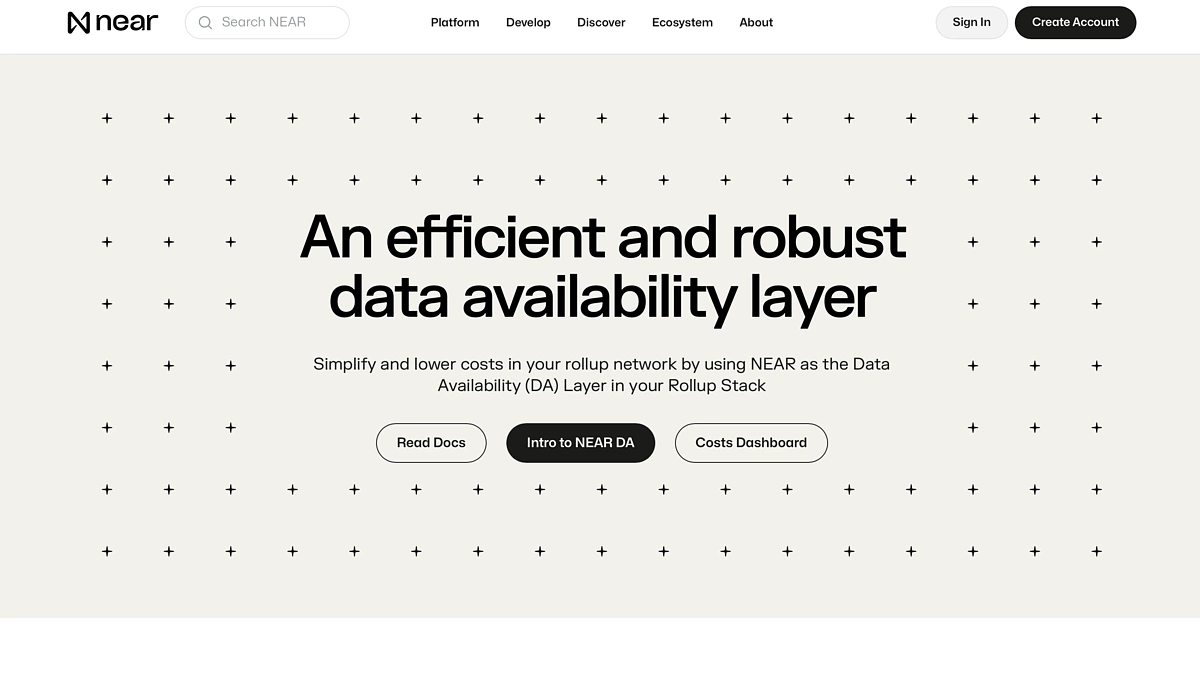
Near Protocol's approach to scaling involves sharding, dividing the blockchain into smaller subsets.
However, ensuring data from a specific shard can be accessed network-wide is crucial. Near DA offers solutions to coordinate data availability between shards, enabling a more scalable system while allowing for efficient cross-shard communication.
EigenLayer: Restaking for Enhanced Services
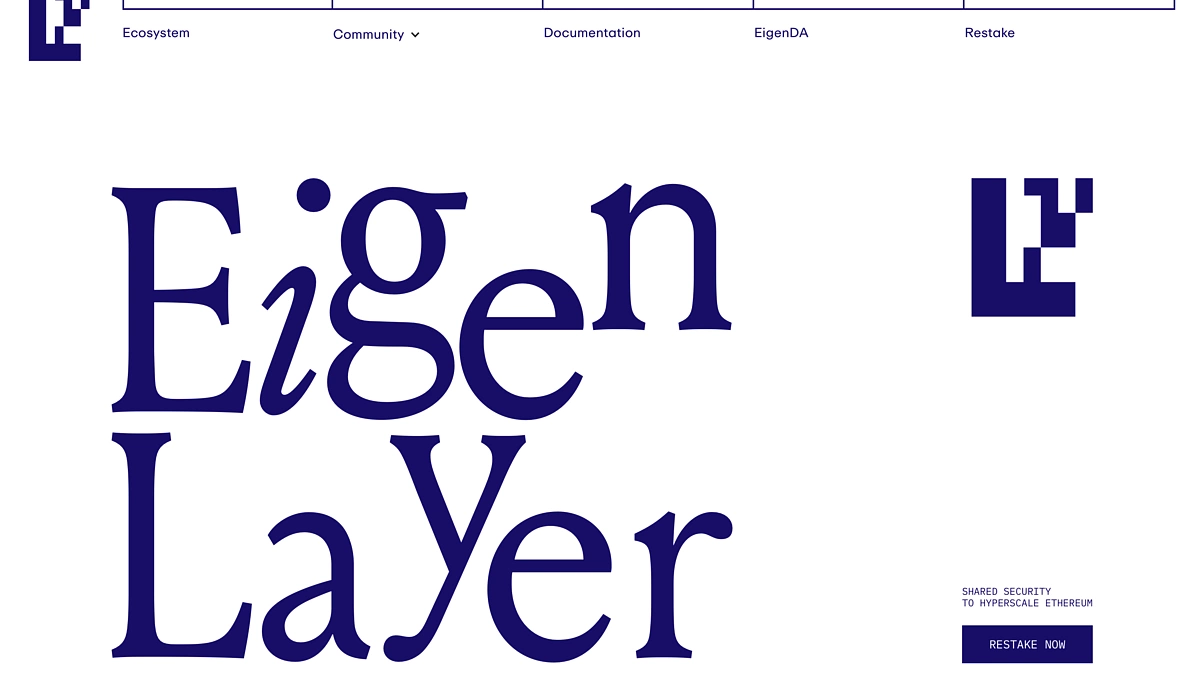
EigenLayer presents a unique model. It allows users to "restake" their Ethereum (ETH) to provide additional services on top of the Ethereum network. One such potential service is enhanced data availability, as seen in Mantle, a rollup that is currently using EigenDA technology for data availability . This could offer greater flexibility and customized data availability solutions tailored to different use cases.
Avail: Polygon's Data Availability Solution
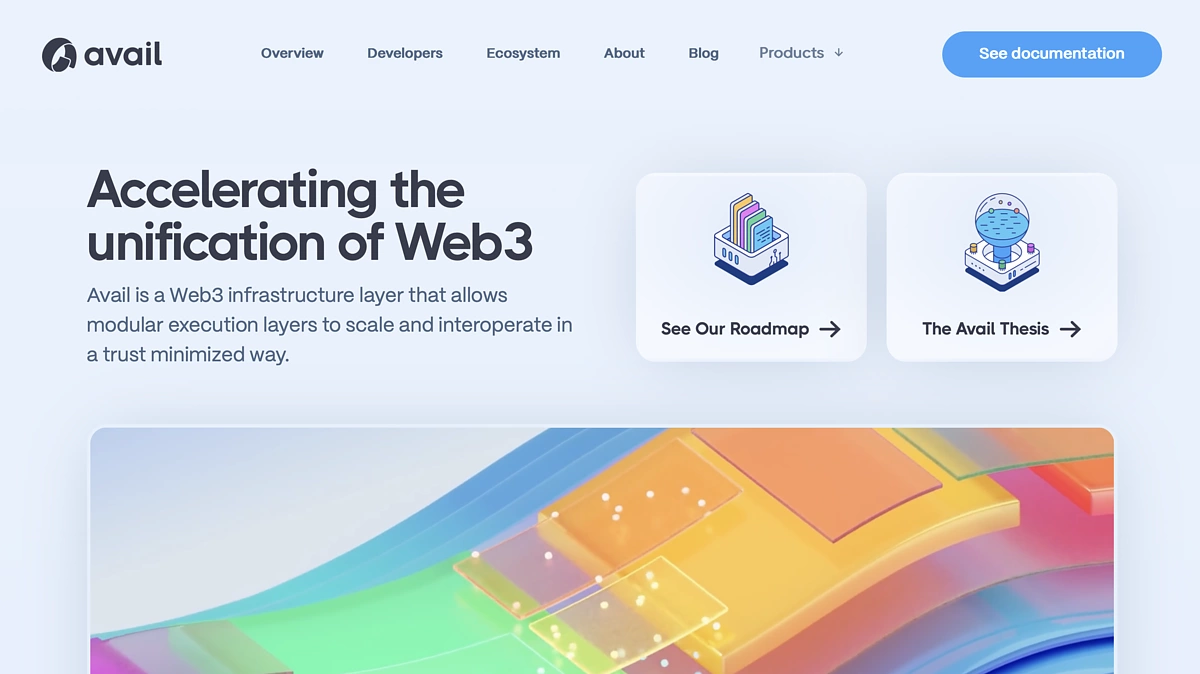
Polygon Avail is a data availability layer within the Polygon ecosystem. It employs a combination of erasure coding (which makes data resilient to loss) and a Data Availability Committee to guarantee data retrieval. With its connections to Polygon's established network, Avail has broad adoption potential.
KYVE: A Web3 Data Warehouse
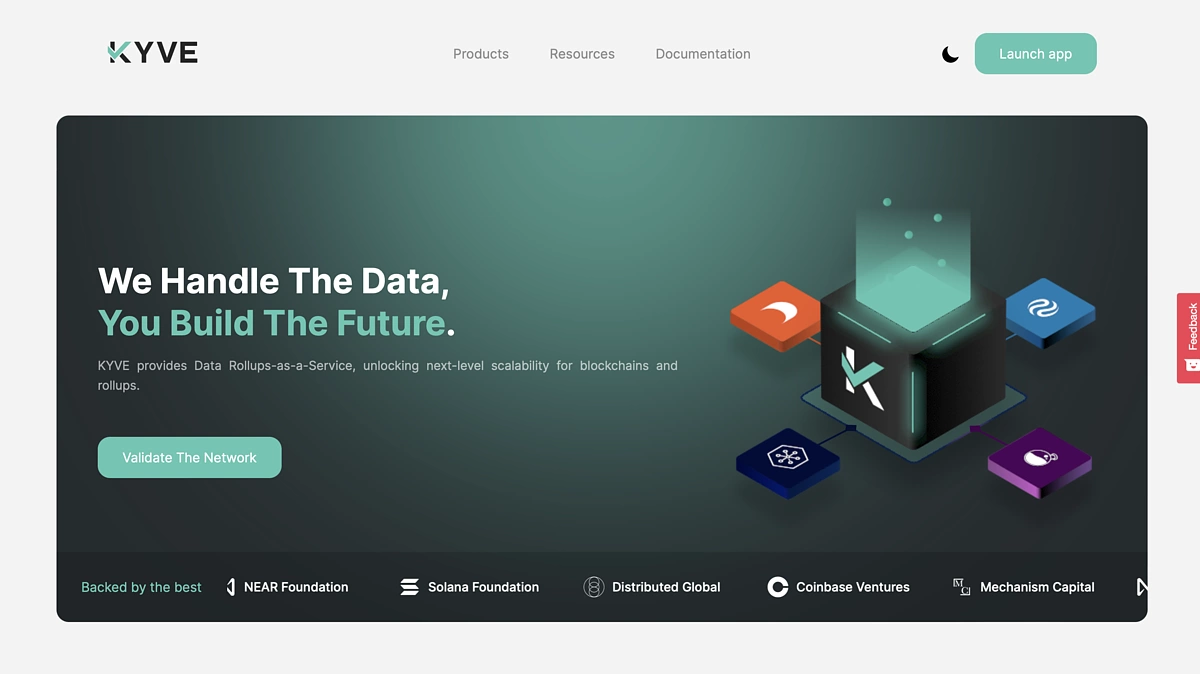
KYVE is a decentralized data storage network specializing in making validated data easily retrievable. While not a blockchain itself, its efficient data storage and indexing mechanisms make it a potential building block for scalable blockchain applications needing reliable access to external data or specialized data availability solutions.
Conclusion
Blockchains sought to break down the walled gardens of centralized databases and empower individuals with direct access and control. Yet, as this space matures, we're witnessing a subtle ‘recentralization’ creep, not in terms of a single authority.
The ideal of a blockchain shouldn't be just to scale for scale's sake. It should be about maintaining accessibility and true verifiability for the average user. Data availability solutions take us one step closer to blockchain utopia.
As we move forward, the tug-of-war between scalability and security will continue to heat up, perhaps at least until a solution or middle-ground is found that is satisfactory to all.
This article is only for educational and informational purposes and should not be taken as financial advice. Always do your own research before investing in any crypto protocols.

Sankrit is a content writer and a subject matter expert in web3. He has worked with notable companies, including Ledger, Alchemy, and MoonPay. Sankrit specializes in helping web3 brands create content that is easy to understand while accurately explaining technical concepts.


 Source:
Source:  Source:
Source: 
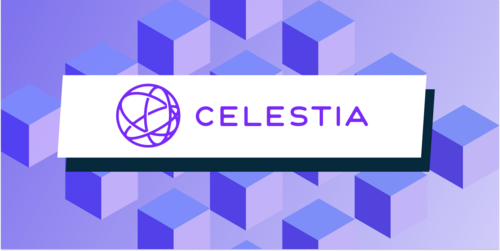
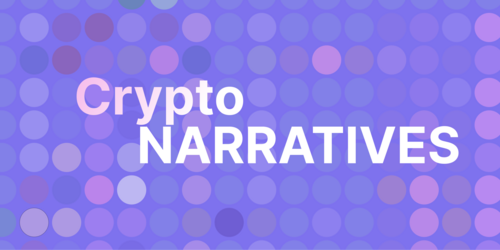




 Or check it out in the app stores
Or check it out in the app stores